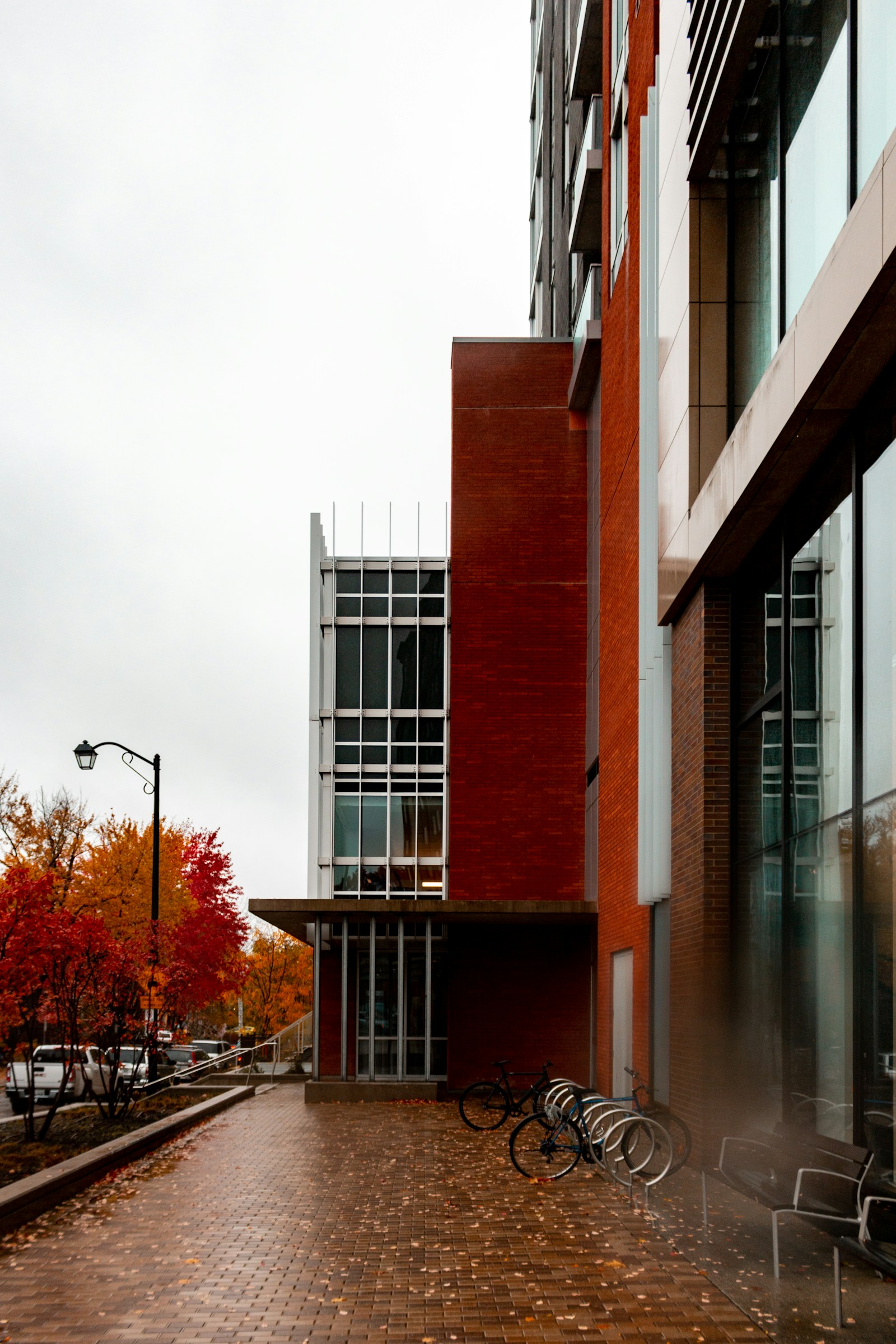Introduction – Understanding Your Closing Costs
When buying a home in Ottawa, one of the most significant (and often overlooked) expenses is the Land Transfer Tax (LTT). Whether you're a first-time buyer or a seasoned investor, knowing how the tax works—and how much you'll pay—is crucial for budgeting. This guide breaks down the Ontario Land Transfer Tax rules, how they're applied in Ottawa, and what rebates you may qualify for in 2025.
What Is Land Transfer Tax?
Land Transfer Tax is a provincial tax paid by the buyer when a property changes ownership. In Ontario, it applies to almost every real estate transaction. It’s calculated based on the purchase price of the home and is due on closing.
Unlike Toronto, which charges an additional municipal land transfer tax, Ottawa buyers only pay the Ontario portion.
Ontario Land Transfer Tax Rates (2025)
The tax is charged in brackets, similar to income tax. Here’s the rate breakdown:
0.5% on the first $55,000
1.0% on $55,001 to $250,000
1.5% on $250,001 to $400,000
2.0% on $400,001 to $2,000,000
2.5% on amounts over $2,000,000
Land Transfer Tax Examples
These examples assume the property is not in Toronto and that the buyer is not a first-time buyer.
First-Time Home Buyer Rebate (Ontario)
If you're a first-time homebuyer, you may be eligible for a rebate of up to $4,000 on your Ontario Land Transfer Tax.
To qualify, you must:
Be at least 18 years old
Occupy the home as your principal residence within 9 months of purchase
Have never owned a home anywhere in the world
Have a spouse who also meets the same criteria
If your total LTT is under $4,000, you pay nothing. If it's more, you only pay the difference.
How to Pay Land Transfer Tax
LTT is paid at closing by your lawyer.
It’s added to your list of closing costs and is not rolled into your mortgage.
Be sure to budget for it alongside legal fees, adjustments, and moving expenses.
Can You Avoid or Reduce Land Transfer Tax?
Generally, no—you can’t avoid it. But you can minimize it by:
Purchasing at a lower price point
Qualifying for the first-time buyer rebate
Avoiding additional fees by buying outside of cities like Toronto that charge extra
Certain transfers (between spouses, through inheritance, etc.) may be exempt—but these are rare and must meet strict legal conditions.
Tips for Buyers Budgeting for LTT
Use an LTT calculator during your home search to understand your net costs.
Include it in your closing cost estimate—don't be caught off guard.
Work with a real estate lawyer who can confirm the exact amount you owe.
First-time buyers should apply early for the rebate through their lawyer.
Frequently Asked Questions
Q: Do Ottawa buyers pay a municipal LTT like Toronto?
No. Ottawa only charges the provincial Ontario land transfer tax—there’s no city-level tax.
Q: Can I include the tax in my mortgage?
No. Land Transfer Tax must be paid in full at closing and cannot be financed through your mortgage.
Q: What if I’m buying with someone who has owned before?
You can still claim part of the first-time buyer rebate, but it will be reduced proportionally.
Q: Do I still pay if I’m building a new home?
Yes. The tax applies to new builds as well as resale properties.
Q: Are investors eligible for rebates?
No. The rebate only applies to owner-occupants purchasing their first home.
Q: Does this tax apply on vacant land?
Yes. LTT applies to most land purchases, including lots and investment properties.
Conclusion – Be Prepared Before You Buy
Land Transfer Tax is one of the largest one-time expenses in a real estate transaction. In Ottawa, the cost can add thousands to your closing bill—but with the right planning, it doesn’t have to be a surprise. Know your numbers, understand your eligibility, and talk to your real estate professional or lawyer to stay informed.





